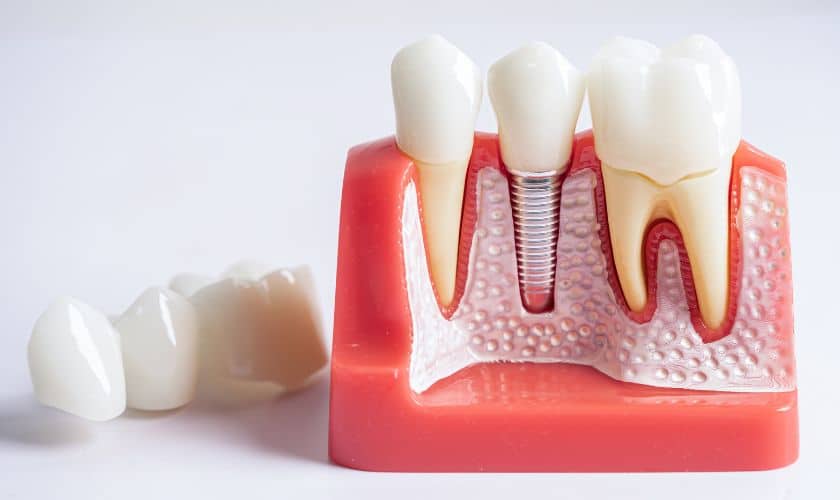Toothaches can be a nuisance, but sometimes they signal a deeper problem. If you’re experiencing persistent pain or discomfort in a tooth, you might wonder if root canal therapy is necessary. This blog explores the signs that indicate a root canal might be needed and the importance of seeking timely treatment.
Understanding the Tooth’s Anatomy:
The visible part of your tooth, the crown, is composed of hard enamel. Beneath the enamel lies the dentin, a softer layer containing tiny tubules that lead to the pulp. The pulp houses the tooth’s nerves, blood vessels, and connective tissues.
When Does Trouble Begin?
The need for root canal therapy arises when the pulp becomes inflamed or infected. This inflammation or infection can have several causes:
- Deep Decay: Cavities that reach the dentin layer can expose the pulp to bacteria, leading to infection.
- Cracked or Chipped Tooth: A crack or chip in the tooth can provide a pathway for bacteria to enter the pulp, causing infection.
- Repeated Dental Procedures: Multiple fillings or other dental procedures on the same tooth can eventually irritate the pulp.
- Injury to the Tooth: A blow to the tooth can damage the pulp and nerves, even if the tooth doesn’t appear cracked.
Signs You Might Need a Root Canal:
Several signs indicate the potential need for root canal therapy:
- Persistent Toothache: A nagging or throbbing pain in a tooth, especially one that worsens with hot or cold stimuli, could be a sign of pulp inflammation.
- Sensitivity to Pressure: Pain or discomfort when chewing or biting down on a particular tooth can indicate pulp irritation.
- Swollen Gums: Inflammation or swelling in the gum tissue around the affected tooth can be a symptom of an underlying infection.
- Pimple on the Gums: In some cases, an abscess (a pus-filled pocket) might form near the root of the infected tooth, causing a bump on the gums.
- Discoloration of the Tooth: A tooth with a dead or dying pulp may appear discolored or darker than surrounding teeth.
The Importance of Early Intervention:
Ignoring the signs of a potential root canal can have serious consequences. Left untreated, the infection can spread to the jawbone and surrounding tissues, leading to:
- Bone Loss: An untreated infection can damage the bone supporting the tooth.
- Abscess Formation: An abscess can grow and cause significant pain and swelling.
- Tooth Loss: If the infection isn’t addressed, the tooth might eventually need extraction.
- Facial Swelling: In severe cases, the infection can spread to the face, causing swelling and potential complications.
What to Do if You Suspect a Root Canal is Needed:
If you experience any of the signs mentioned above, schedule an appointment with your dentist as soon as possible. They will perform a thorough examination, including X-rays, to determine the cause of your discomfort. If a root canal is necessary, your dentist will discuss the procedure and answer any questions you might have.
Root Canal Therapy: Saving Your Smile:
Root canal therapy is a vital dental procedure that can save a tooth from extraction. By removing the infected pulp and cleaning the root canals, your dentist preserves the tooth’s structure and functionality. A crown is typically placed on the treated tooth to restore its strength and aesthetics.
Taking Care of Your Smile:
Maintaining good oral hygiene practices like regular brushing, flossing, and professional dental cleanings is crucial for preventing the need for root canals. By addressing cavities promptly and avoiding injuries to your teeth, you can minimize your risk of needing this procedure.
Conclusion:
Root canal therapy is a safe and effective way to save a tooth and alleviate pain. By recognizing the signs and seeking prompt treatment, you can preserve your oral health and maintain a healthy smile. Remember, early intervention is key, so don’t hesitate to schedule an appointment with your dentist if you experience any persistent tooth pain or discomfort.

